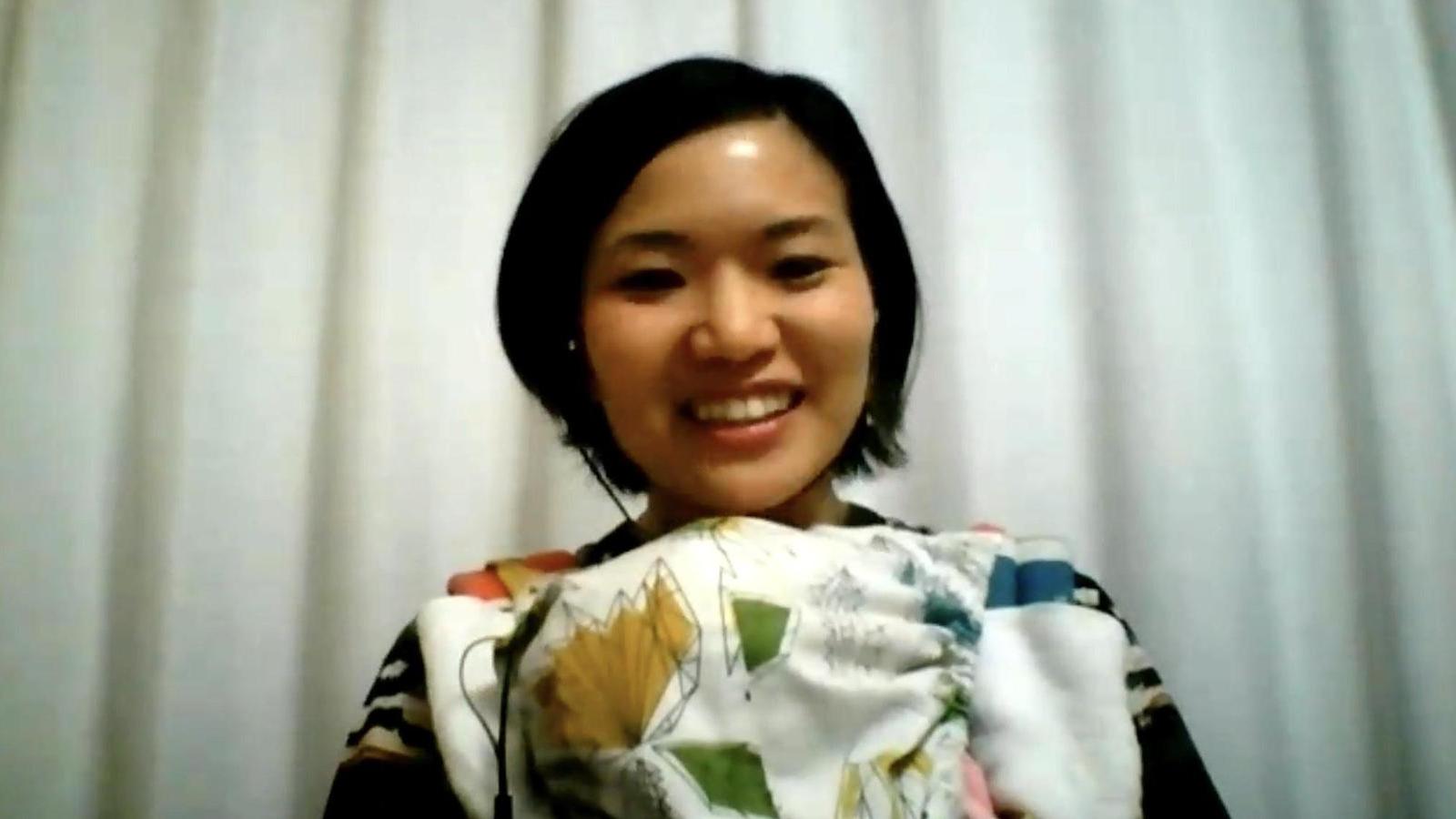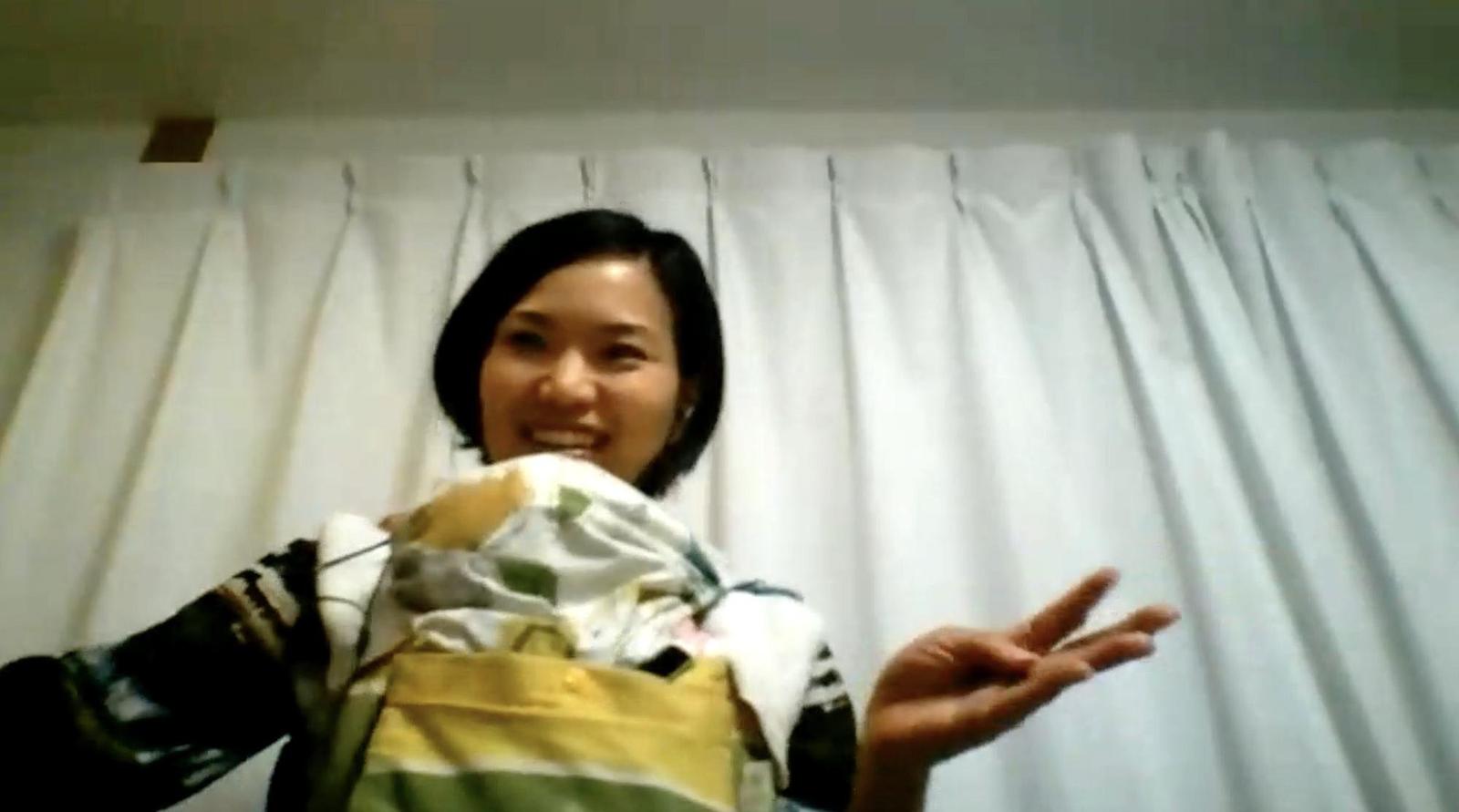"Embracing diversity and inclusion benefits everyone." Kei Karasawa, Sumitomo Corporation

A rising awareness of Japan's gender issues
—The Global Gender Gap Index is an index established by the World Economic Forum to measure the gender gap across the four areas of economics, education, health, and politics. In the Global Gender Gap Report 2021, Japan ranked a lowly 120th out of 156 countries in the world. What are the reasons for Japan's low ranking?
A study conducted by the Cabinet Office shows that the number of dual-income households is on the rise in Japan, and the number of women who continue to work after giving birth is also increasing. Yet, whenever I talk to working mothers, many of them point out that women continue to be saddled with the burden of housework and childcare in many families. My own feeling is that there is still a firmly entrenched belief in Japanese society that men are responsible for bring home the bread and butter while women focus on taking care of housework and childcare at home. So I think Japan's ranking in the Global Gender Gap Index is quite an accurate reflection of our current situation.
—What initiatives has Sumitomo Corporation undertaken to address this issue?
When I joined the company around 17 years ago, we had just launched the "Work-Life Balance Promotion Project" on a company-wide scale. More recently, the "Diversity Promotion Project," an advisory panel that reports directly to the company president, was launched in October 2017. As the former project is led by the General Manager of the HR Department and the latter by the Executive Officers of HR, Administration, and Compliance, we have been able to draw attention to these projects both within and outside the company. The project team comprises around 15 members, who rotates in and out on an annual basis as the project progresses. One to three members are selected from each department, and they are tasked with analyzing the current situation and proposing possible solutions by identifying issues and gathering feedback on the ground. As a member of the HR Development Team, I have also been involved in planning the scope of our company's diversity and inclusion training.
*Diversity and Inclusion
These initiatives have led to Sumitomo Corporation to formulate its concept of "Diversity & Inclusion promotion," which gave rise to tangible changes such as the introduction of a new personnel management system. The company has set quantitative targets in this regard, including its aim to increase the ratio of women in director/supervisory positions to at least 30%, women in managerial positions to at least 20%, and women who head departments/divisions to at least 10% by 2030.
—What do you think is the key to achieving diversity and inclusion?
We must engage in an integrated and holistic manner. In July 2019, Sumitomo Corporation launched an initiative known as the "Workstyle Transformation 2019." The core pillars of this initiative included the encouragement of telecommuting and giving employees the freedom to work staggered hours using the "Super-Flex" system, which does not stipulate any core working hours.
To implement the Super-Flex system, the company needed to undergo the required DX (digital transformation) for telecommuting, in addition to supporting employees' flexible work styles. It is imperative for us to regularly review the needs of the project while planning and adopting various measures in an integrated and holistic manner. Most importantly, the concept of diversity and inclusion should be incorporated into everything we do.
Embracing diversity benefits everyone

—How does Sumitomo Corporation encourage its employees to reject the old mantra of "women are responsible for housework and childcare"?
The Super-Flex system that I mentioned earlier will allow employees to work as little as one hour a day under some circumstances. Our goal of achieving a good work-life balance, diversity, and inclusion will not be met by subscribing to the old Japanese corporate ethos of measuring one's contributions to the company merely by the number of hours they have worked, including by mandating a minimum number of working hours per day or deeming someone to be a good employee just because they have worked more than a certain number of hours. Everyone needs to have equal access to opportunities regardless of their gender, and for them to be evaluated based on their performance and not the amount of time they have spent working.
—Finally, how will your company's promotion of diversity and inclusion impact your business operations?
To meet the diverse needs of consumers, we must endeavor to identify their needs from a variety of perspectives. That is why diversity and inclusion are necessary, as it can ensure that employees with diverse traits will have equal access to opportunities and the chance to get involved in our company's operations.
As far as the development of new products and businesses is concerned, we can't come up with new ideas by limiting the scope of our discussion to the ideas of a single culture. For instance, if we can include the perspectives of women during the development of new products and businesses, where the ideas of men have been dominant in the past, I believe that we can make new discoveries. According to a study conducted by Goldman Sachs, a major financial institution, achieving gender diversity will give rise to "greater innovation and higher productivity."
Even today, I still hear many people saying that it is difficult for young people to speak up at meetings. By promoting diversity and inclusion and creating an environment in which team members are free to speak up and act on their own ideas, we can ensure that there is a "psychological safety net" that makes employees feel more at ease to participate in discussions. I have no doubt that this will accelerate the company's speed to innovate.
An environment in which each and every individual can lead their own life will not only improve their respective levels of performance but bring joy to everyone as well. I believe this will be the lasting impact and significance of our effort to promote diversity and inclusion.





